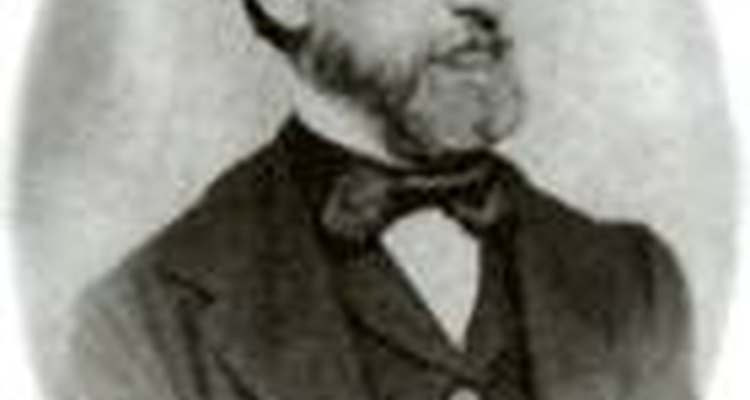
First, a quick word association test: Chocolate. What comes to mind? One word might be Nestlé, the company largely responsible for making chocolate chip cookies a mainstay when it comes to satisfying America's collective sweet tooth. But Nestlé's chocolate is also found in countless foods that have been around for years--Baby Ruth and Butterfinger candy bars, hot cocoa mixes, and the ice cream Push-ups and Drumsticks found in your corner market's freezer. The evolution of these tempting treats began more than a century ago through the vision of one man: Henri Nestlé.
Henri Nestlé
Henri Nestlé was born Heinrich Nestlé in Frankfurt, Germany, in 1814. He later moved to a French-speaking area of Switzerland, where he took the French-sounding name "Henri." While working as a pharmacist's apprentice, the young Nestlé took an interest in infant mortality prevention. His first creation was not Nestlé chocolate but a powdered milk that could be fed to babies who were allergic to their mothers' milk. In 1867, Nestlé began marketing his product, which purportedly saved the lives of many infants. His creation, Farine Lactée Henri Nestlé, would later inspire a Washington man to formulate Carnation Sweetened Condensed milk in 1899.
Nestlé's Early Years
After World War I ended, consumers who purchased Nestlé's canned milk because it was cheaper switched back to drinking dairy products, signaling the need for the company to expand its product lines. In 1929, Nestlé, now merged with a Swiss corporation with operations in the United States, Britain, Germany and Spain, purchased Peter's Chocolate, which specialized in the production of dark baking chocolate. While condensed milk might have been Nestlé's first venture, chocolate quickly became the company's second most important food product. In 1938, Nestlé introduced its Crunch bar, which remains one of the most popular candy bars today. In 1939, yet another very important product was introduced to the American public by Nestlé: the chocolate chip.
Ruth Wakefield and Nestlé
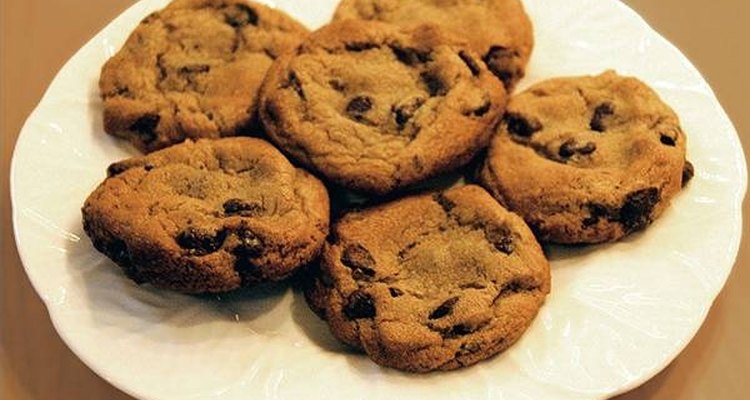
In 1930, a Massachusetts inn owner named Ruth Wakefield was preparing her favorite "butter drop do" cookies for her guests only to find that she'd run out of powdered baking chocolate. She chopped up a Nestlé chocolate bar instead, assuming the heat from the oven would cause the ingredients to blend together. The results were even better: the chocolate chip cookie. The cookies were a huge hit with her guests, and Ruth continued to serve them as part of the Toll House Inn's regular dessert menu. Serendipitously, the bar of chocolate Ruth used in her first batch of cookies was given to her by Andrew Nestlé of the Nestlé Chocolate Co. when he had passed through the inn earlier.
Nestlé Chocolate Takes Off

Ruth Wakefield struck a deal with Nestlé Chocolate Co.: In return for allowing the company to print her Toll House Cookie recipe on the back of its chocolate bars, she would receive a lifetime supply of free chocolate. At first, Nestlé sold the chocolate bar with a "chopper" so bakers could make their own chocolate "chips." Then in 1939, Nestlé's Toll House Morsels were born, forever revolutionizing the way housewives and bakers used chocolate in their sweet treats. Another popular product wasn't far behind. In 1948, Nestlé Quik chocolate powder was introduced to the American public.
Nestlé Today
Henri Nestle retired in 1874 only seven short years after founding his company, residing in Switzerland until he passed away in 1890. Since its formation, Nestlé has expanded its product lines far beyond canned milk and chocolate. Nestlé is parent company to Maggi food seasonings, Friskies, Stouffers, Fancy Feast, and a variety of Carnation products--and that's only a few. However, because of its formative creations, Nestlé remains associated with one of America's most cherished delectables. Say the word "Nestlé," and what comes to mind? Chocolate, of course.
Related Articles

The History of Pop-Up Toasters

What Is a Frosted Malted?
Different Kinds of Fast Foods

How Many Types of Chocolate Are There?
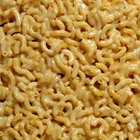
List of Kraft Foods

The History of Tweed Perfume

The History of Coco Chanel

History of the Milk Bath
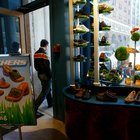
The History of Skechers Shoes

Which Country Produces the Most ...
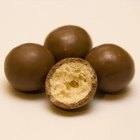
Malted Milk Ball History

Christian Dior's Contributions to ...

History of M&M's Candies

Jelly Belly Nutritional Information
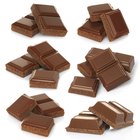
Does Ghiradelli Chocolate Have Gluten?
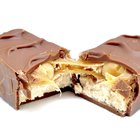
How Many Calories Are in a Fun Size ...

The History of Pop-Up Toasters
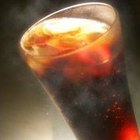
The History of Royal Crown Cola

The History of Coppertone

Brands of Jams & Jellies
References
Writer Bio
Lisa Sefcik has been writing professionally since 1987. Her subject matter includes pet care, travel, consumer reviews, classical music and entertainment. She's worked as a policy analyst, news reporter and freelance writer/columnist for Cox Publications and numerous national print publications. Sefcik holds a paralegal certification as well as degrees in journalism and piano performance from the University of Texas at Austin.
Photo Credits
Henri Nestlé (Public Domain, Wiki Commons), Dan Smith, Photographer, Wiki Commons, Public Domain, Wiki Commons